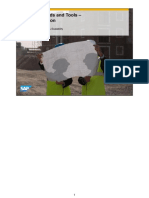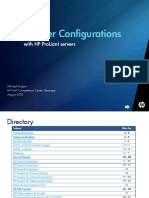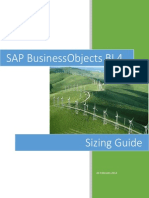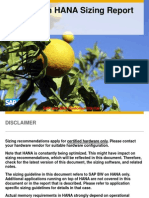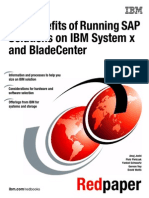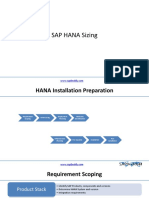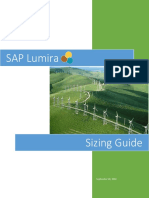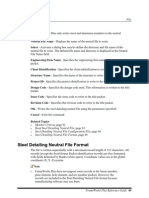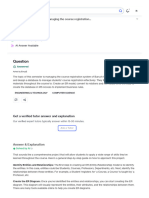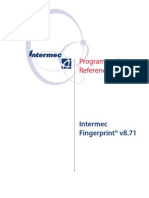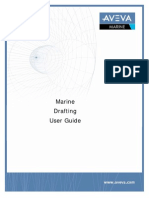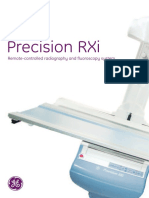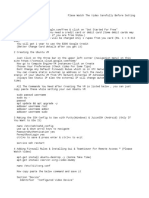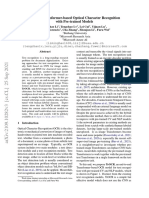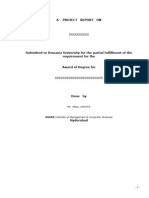0% found this document useful (0 votes)
47 views41 pagesHardwae Sizing Formulas
The document provides guidance on sizing an SAP landscape for optimal performance and scalability. It discusses sizing best practices, tools, and techniques for greenfield, brownfield, and bluefield sizing. Key aspects include translating business requirements to hardware needs, using SAPS as a measurement unit, and applying the right sizing approach based on project phase and type.
Uploaded by
Masarath SultanaCopyright
© © All Rights Reserved
We take content rights seriously. If you suspect this is your content, claim it here.
Available Formats
Download as PDF, TXT or read online on Scribd
0% found this document useful (0 votes)
47 views41 pagesHardwae Sizing Formulas
The document provides guidance on sizing an SAP landscape for optimal performance and scalability. It discusses sizing best practices, tools, and techniques for greenfield, brownfield, and bluefield sizing. Key aspects include translating business requirements to hardware needs, using SAPS as a measurement unit, and applying the right sizing approach based on project phase and type.
Uploaded by
Masarath SultanaCopyright
© © All Rights Reserved
We take content rights seriously. If you suspect this is your content, claim it here.
Available Formats
Download as PDF, TXT or read online on Scribd
/ 41














